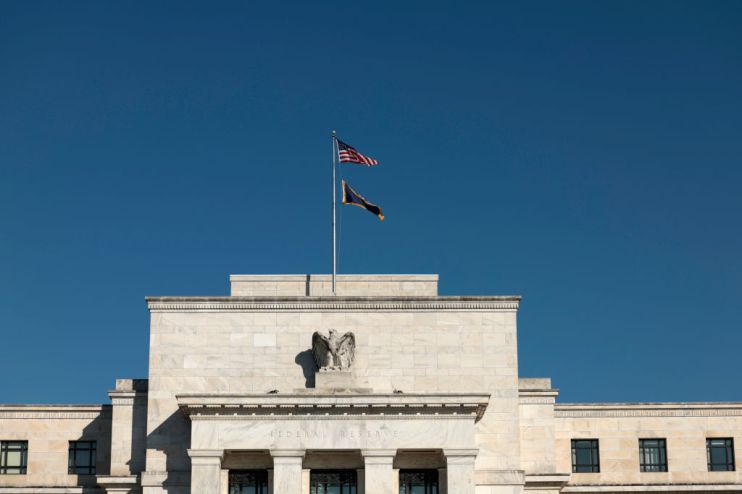Strong US jobs report pushes March rate cut ‘off the table’

The US added 350,000 new jobs last month, almost double the expected 180,000, suggesting that the US economy was strong enough that a cut in interest rates in March from the Federal Reserve is now “off the table”.
The economy added jobs to almost every sector in January, with professional and business services gaining a notable 74,000 jobs, compared to its average monthly gains of 14,000 in 2023.
The only sector to see a decline in jobs was the mining, quarrying, and oil and gas extraction industry, which lost 5,000.
Average hourly earnings rose by 19 cents, or 0.6 per cent over the month, also exceeding expectations.
Seema Shah, chief global strategist at Principal Asset Management, said that today’s data showed “absolutely no sign of a softening labour market or weakening wage pressures”, noting as well that previous months’ reports had been revised upwards.
“Throw in the sharp move higher in average hourly earnings and Fed officials must be wondering if their rate hikes have had any impact on the economy,” she said.
On Wednesday, the Fed voted to keep interest rates on hold for the fourth consecutive meeting, with policymakers suggesting they needed “greater confidence” inflation was falling to target before cuts can be made.
Neil Birrell, CIO of Premier Miton Investors, added that the “shock” employment data “will sway anyone thinking a March rate cut was on the way to look further out”.
“Any thoughts of recession are off the mark as well for now, and markets will have to adjust towards the Fed’s view of when policy will change,” he said.
The market’s odds of a March rate cut fell rapidly following the release of the data, from 38 per cent to just 19.5 per cent, according to data from CME Group.
This has fallen from a high of over 90 per cent at the end of last year.
Shah added that as well as meaning a March rate cut “must be off the table now”, a May cut was also “now potentially on ice”.
Markets now give a 25.2 per cent chance that rates will not be cut in March, compared to just 6.2 per cent before.
“Certainly, with this kind of number, the six or seven rate cuts that markets had been pricing in seems very offside,” Shah said.